Osteoarthritis
-
 Nalamaree Team
Nalamaree Team
- 22 September 2025
Overview
Osteoarthritis is a degenerative joint disease that primarily affects the cartilage, the slippery tissue that covers the ends of bones in a joint. Cartilage provides a smooth surface for joint motion and acts as a cushion between bones. In osteoarthritis, the cartilage breaks down and wears away over time, leading to pain, swelling, and decreased joint mobility. As the disease progresses, bones may rub against each other, causing further damage and deformity. It's the most common type of arthritis and typically affects the hands, knees, hips, and spine, although it can occur in any joint.
Causes
The risk of developing osteoarthritis increases with age, although it can occur at any age. Other risk factors include obesity, previous joint injury, and certain occupations that put a lot of stress on the joints.
Symptoms
The symptoms of osteoarthritis can vary depending on which joints are affected, but common signs include:
Treatment: Modern Medicine
Medications:
Surgical Interventions:
Treatment: Traditional Medicine
Caution



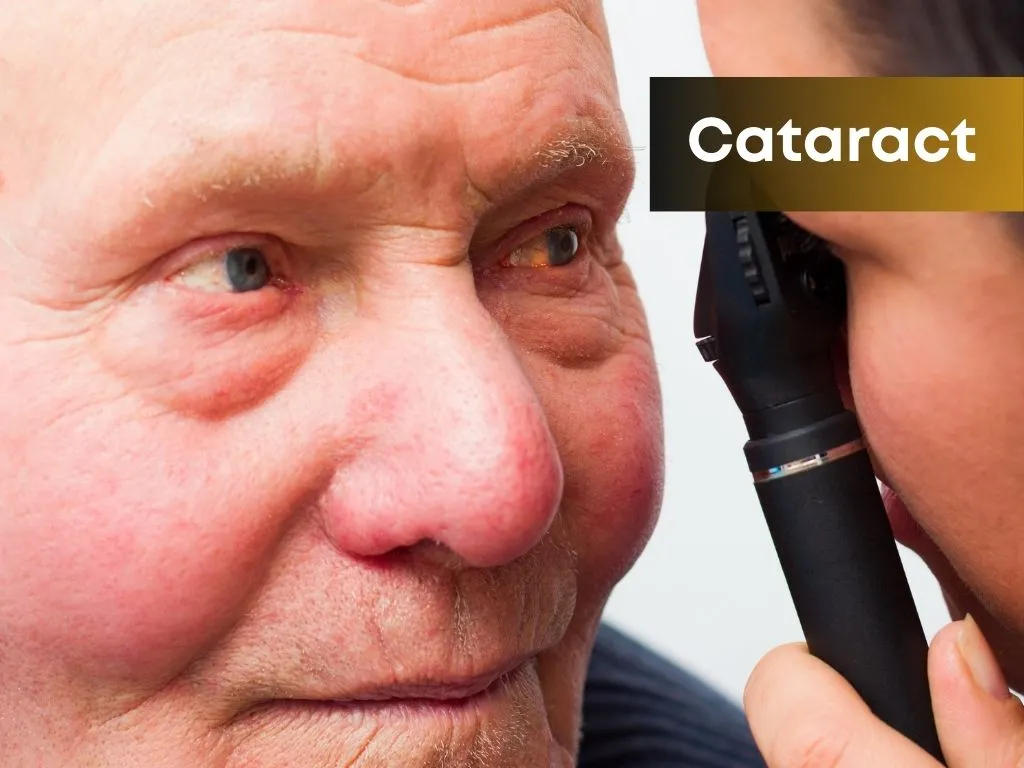
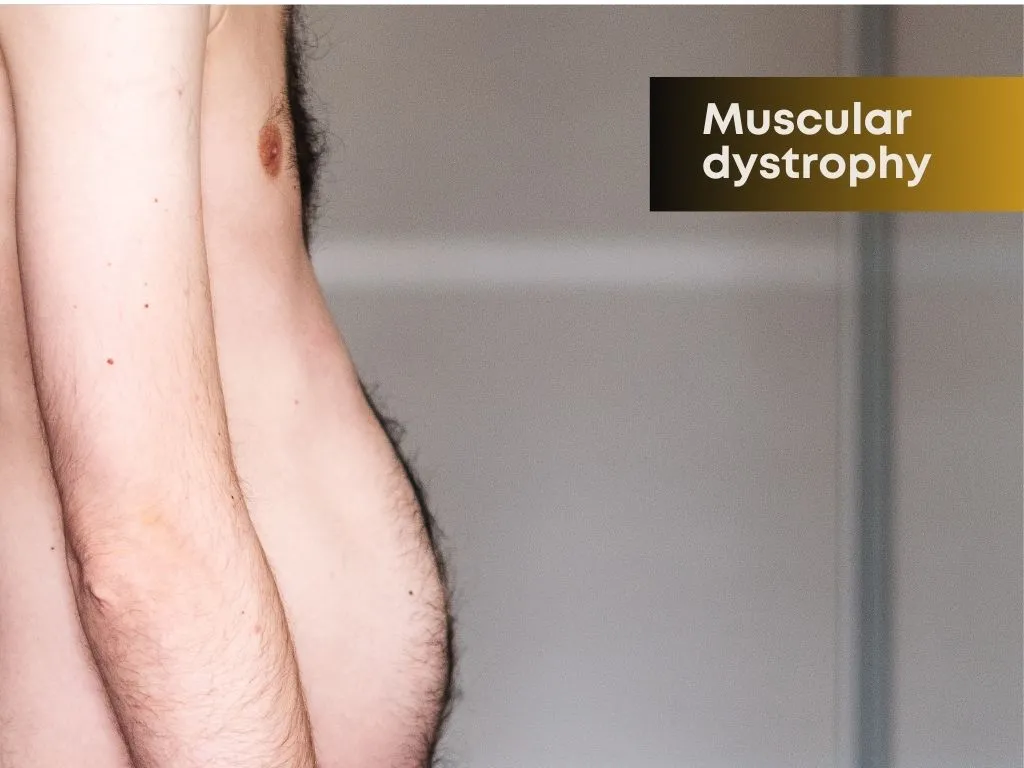
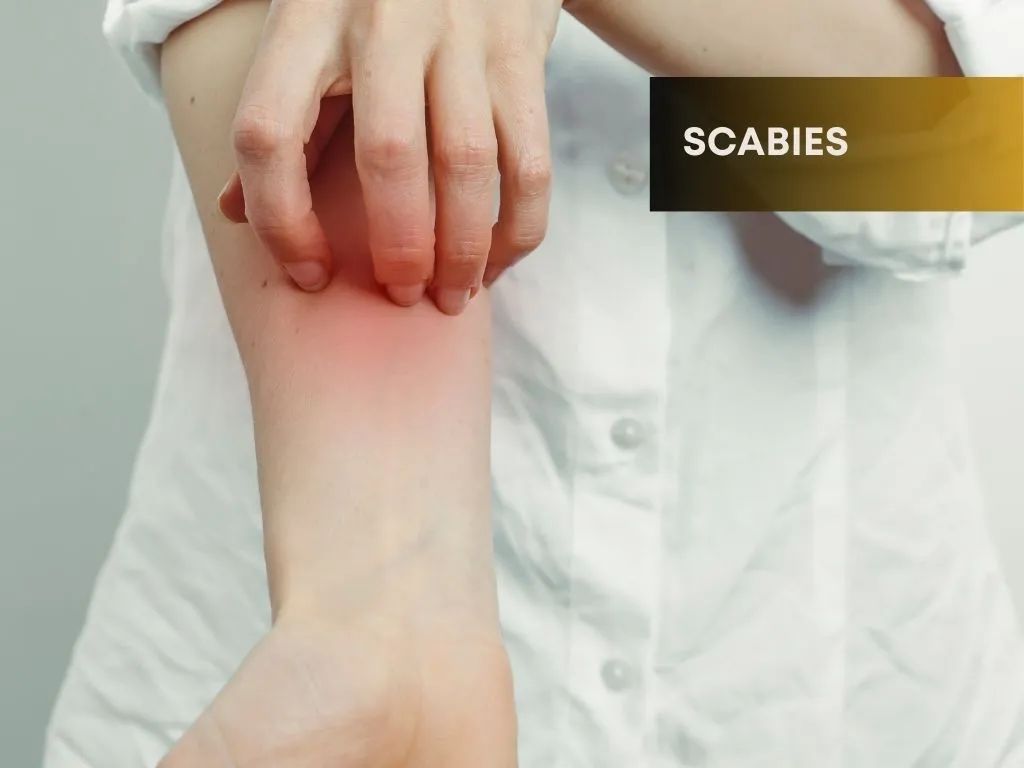








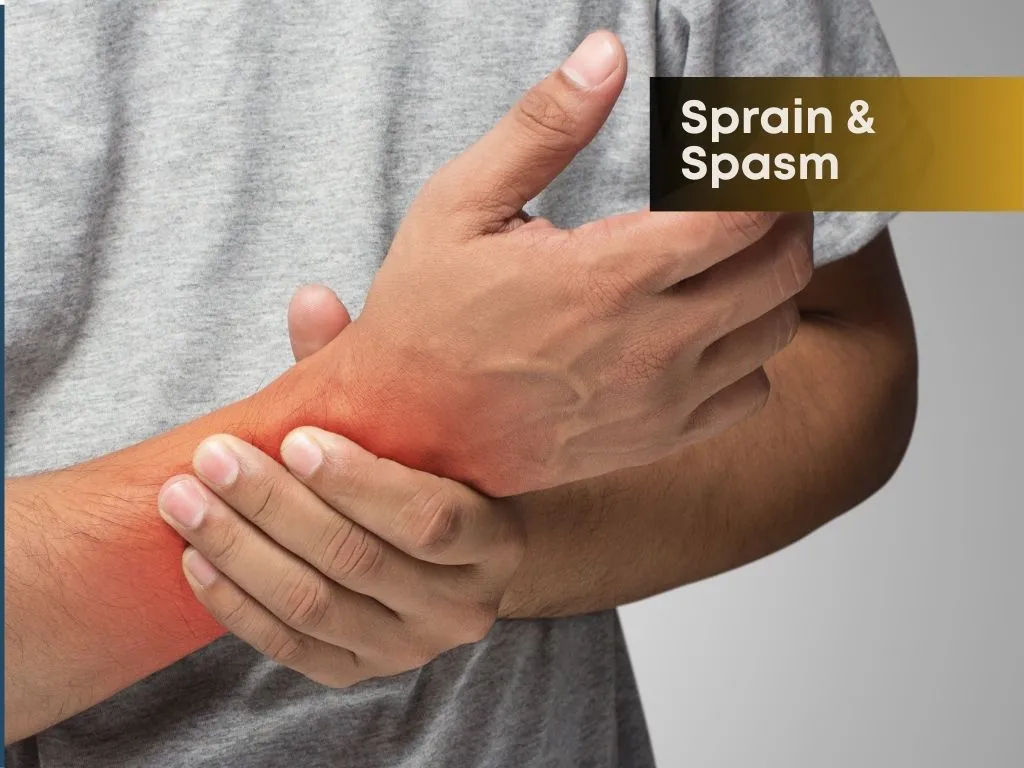

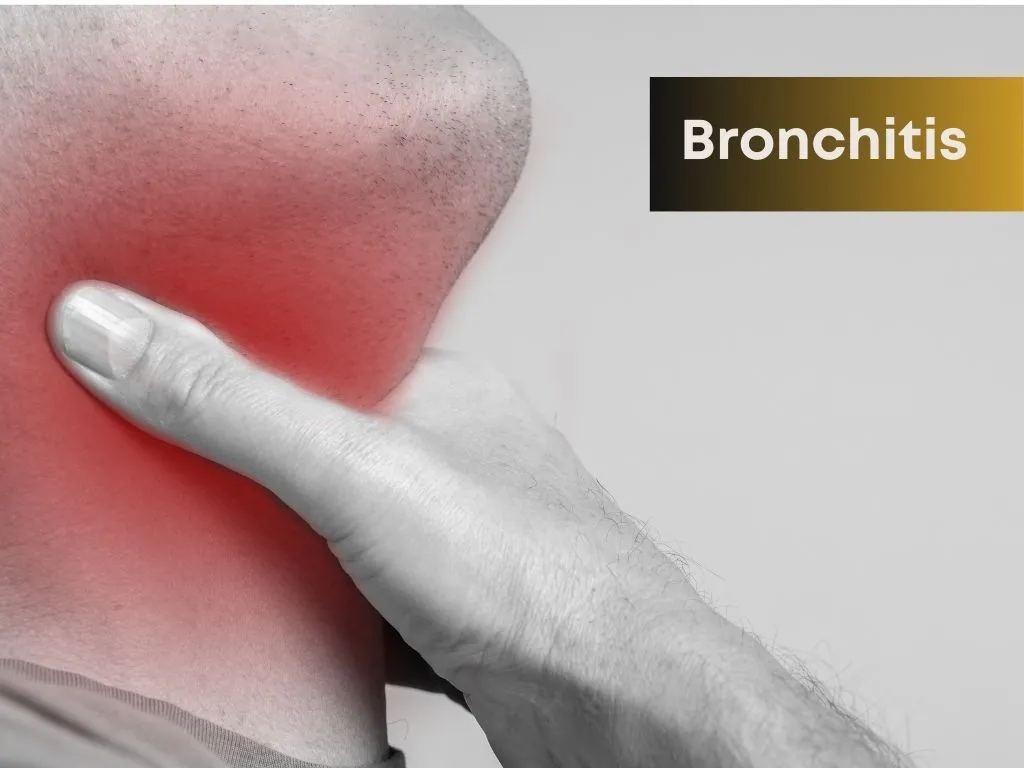

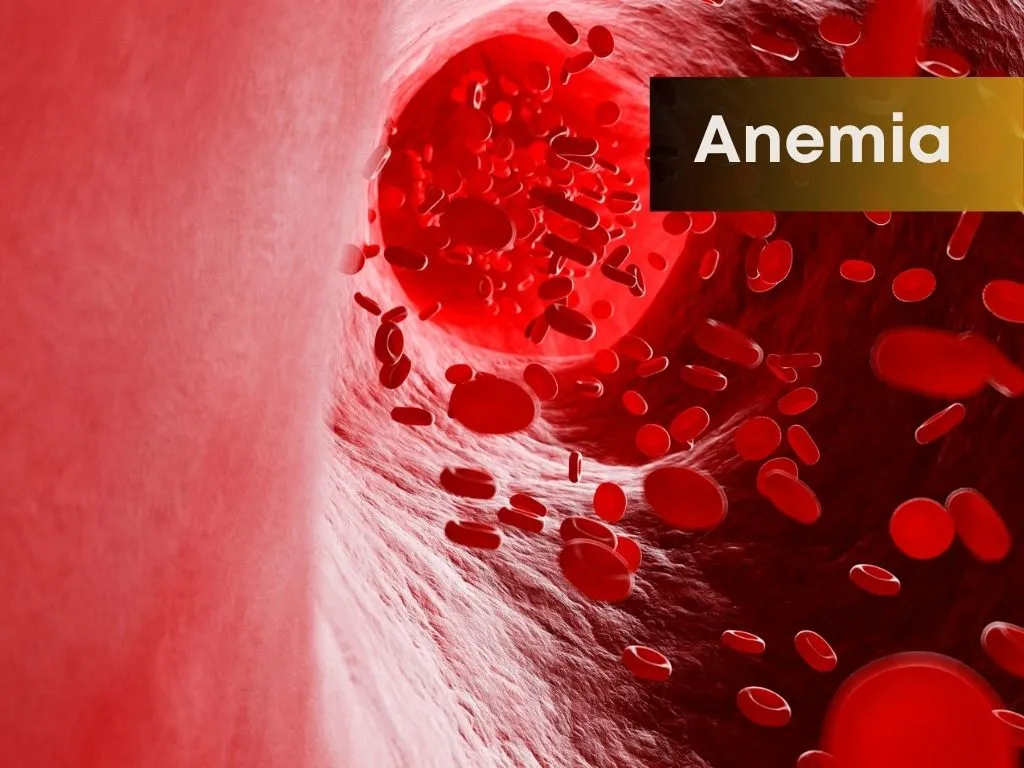

.jpg.webp)
